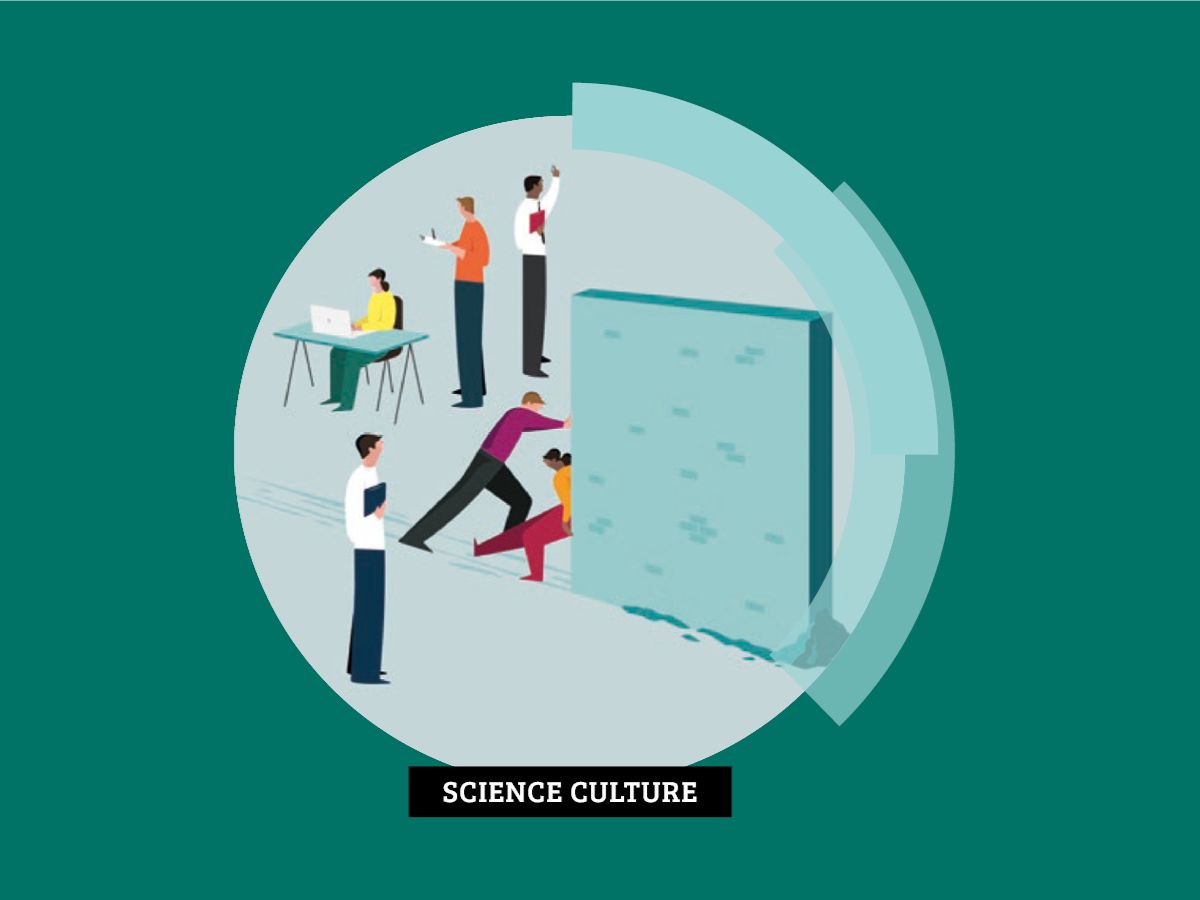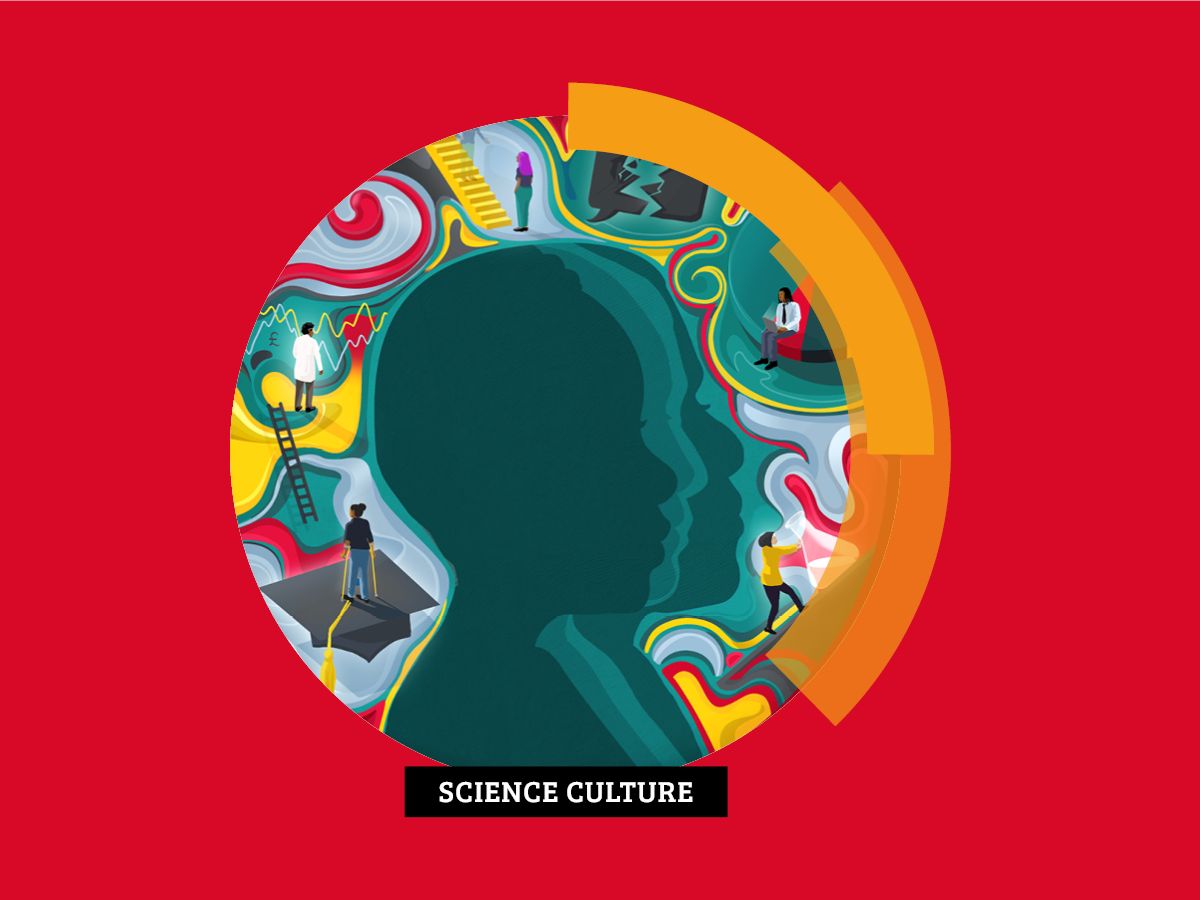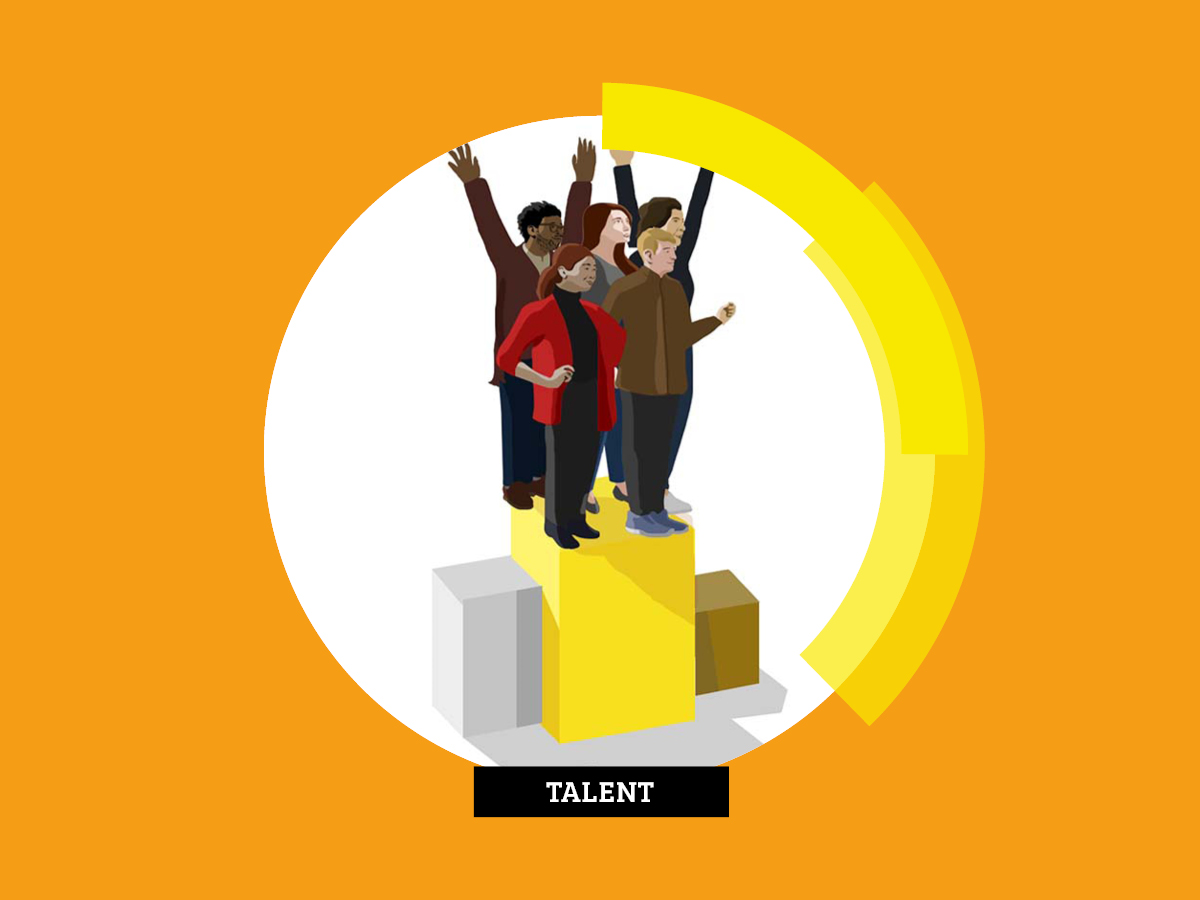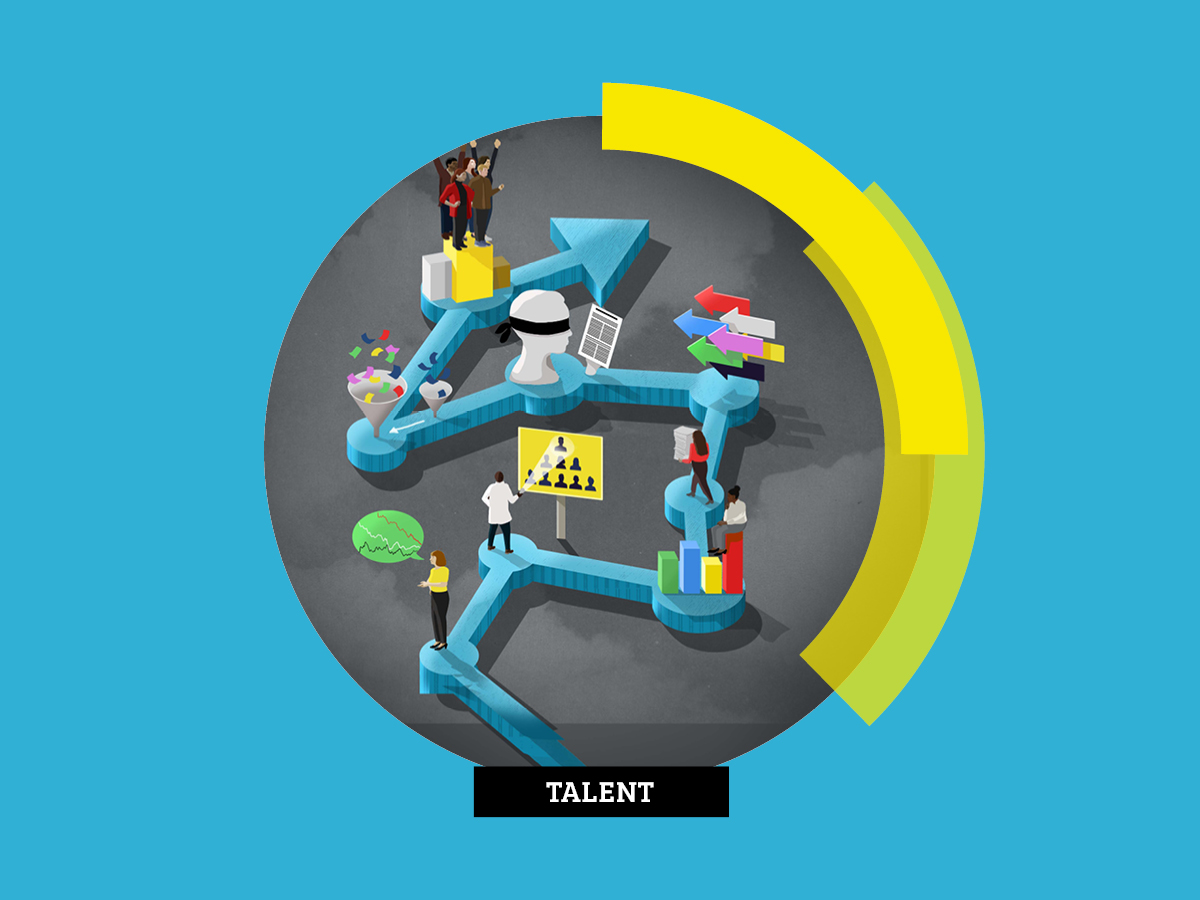You can read, share and make use of the reports, digital packs, videos and information below to help promote inclusion and diversity in your organisation, group or network.
Bias and fair decision-making
Every day, our minds make snap decisions about others without us realising it. If left unchallenged, these biases can affect the resources and opportunities that others are given access to. One person’s implicit bias can have a lasting impact on another person’s career path.
It’s important for all of us to recognise our biases – but what should we do next?
We created this short video as a resource for members of boards, committees, and funding and interview panels – anyone whose decisions make an impact on others’ careers in the chemical sciences. The video suggests some small actions we can all take to mitigate the effects of implicit bias on our decision-making.
At the Royal Society of Chemistry we are committed to tackling the effects of implicit bias, as part of our ongoing work to break down the barriers that chemists from underrepresented groups often face. We’ll be sharing this resource with our community, helping to continue improving fairness and inclusivity across all our organisational decisions. We invite you to get involved; watch and share this video, and start conversations about implicit bias with your committee, team, board, or department. Together we can make chemistry truly for everyone.
Do you have questions or suggestions on how we could further help to counteract the effects of implicit bias? Get in touch with our team.
ChemCareers disability webinars
This series of webinars provides information, advice and practical tips for disabled chemists who are jobseeking or in employment, and for those supporting a disabled employee in the workplace. You can watch the webinar recordings here:
1. Job seeking and disability: disclosure and reasonable adjustments
2. Job seeking and disability: managing a job search
3. Job seeking and disability: supporting employees in the workplace
Guides for networks, groups and committees
Use these short guides to support you when running events, managing committees and communicating information and to help make sure you're promoting inclusion and diversity.
Making your committees inclusive and diverse
How to make your communications inclusive
How to make spoken communication accessible for disabled people
Template slide for participant behaviour
HESA data
Demographics of chemistry students and staff at UK higher education institutions 2012/13 to 2021/22
This report has been assembled by the Royal Society of Chemistry to show an overview of the demographics of Chemistry students and staff at UK Higher Education Institutions for the latest 10 years of available data. It presents HESA data provided by JISC Services Ltd., based on the HESA Student and Staff record.







